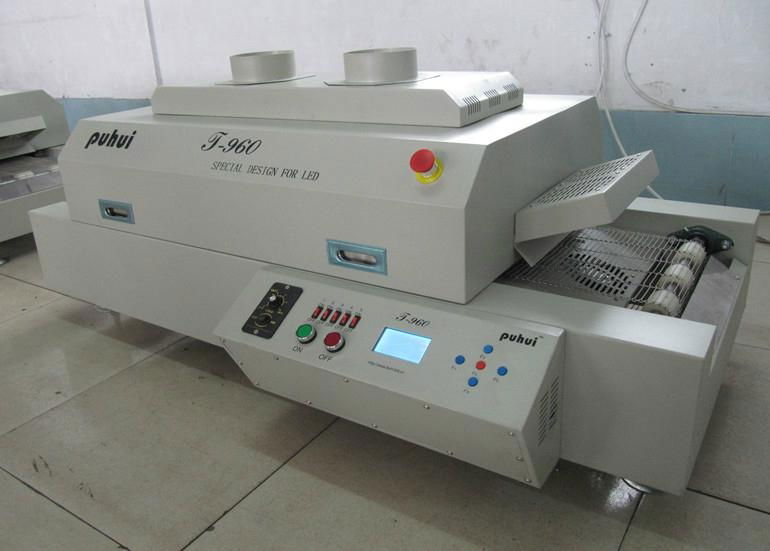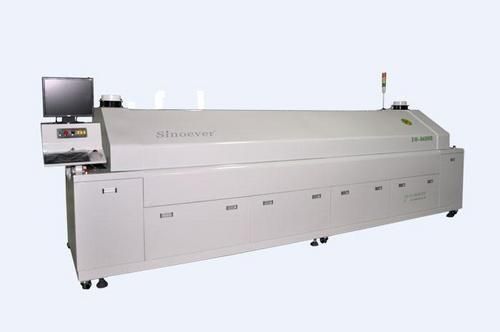

#Reflow machines how to#
Many recently published papers discuss legislation, marketing, temperature, and alloy selection issues, but none describe how to actually implement the process.

The goal is to continue where most lead-free papers stop, ie, at the point of beginning to actually solder lead-free. Typical SnPb and lead-free reflow profileįollowing these steps will lead to successful lead-free soldering for a robust, repeatable lead-free soldering process that will deliver consistent high yields. The five steps are based upon modern techniques, (eg, problem-solving/process-improvement models (plan do check act) quality engineering, design of experiments, and statistical process control).įigure 1. '5 steps to successful lead-free soldering' is a guide for those who are responsible, interested or confronted with the implementation of lead-free wave and/or reflow soldering. Successful implementation of lead-free soldering requires careful, well thought-out planning, as well as rigorous process monitoring to ensure quality and process control. Why the '5 steps to successful lead-free soldering'? The development of practical lead-free alloys and flux chemistries, as well as more sophisticated soldering equipment, have made lead-free soldering a process whose time has come, and one which can be implemented successfully at the production level. Gerjan Diepstraten, Technology Group, Vitronics SoltecĮlectronics manufacturers worldwide are moving to lead-free solders for a variety of reasons that include environmental concerns and compliance with impending regulatory legislation.


 0 kommentar(er)
0 kommentar(er)
